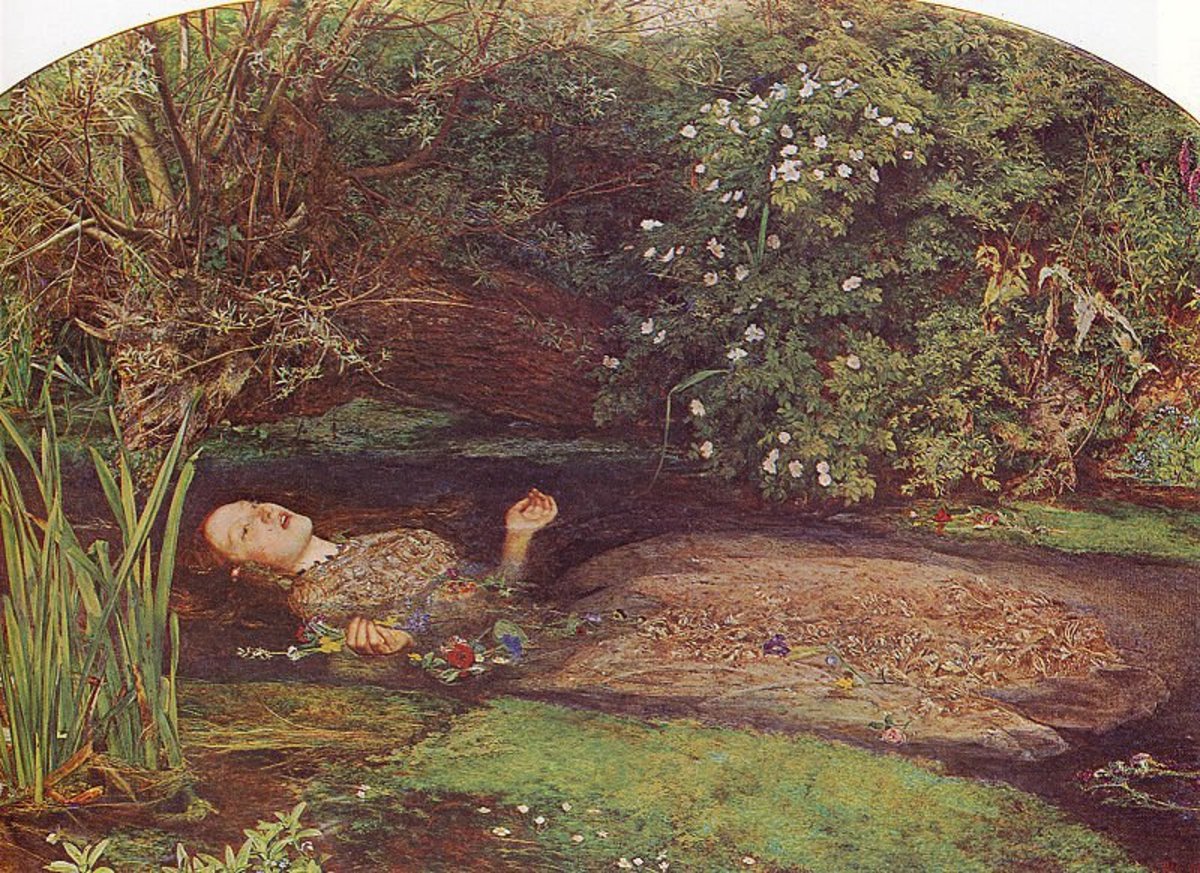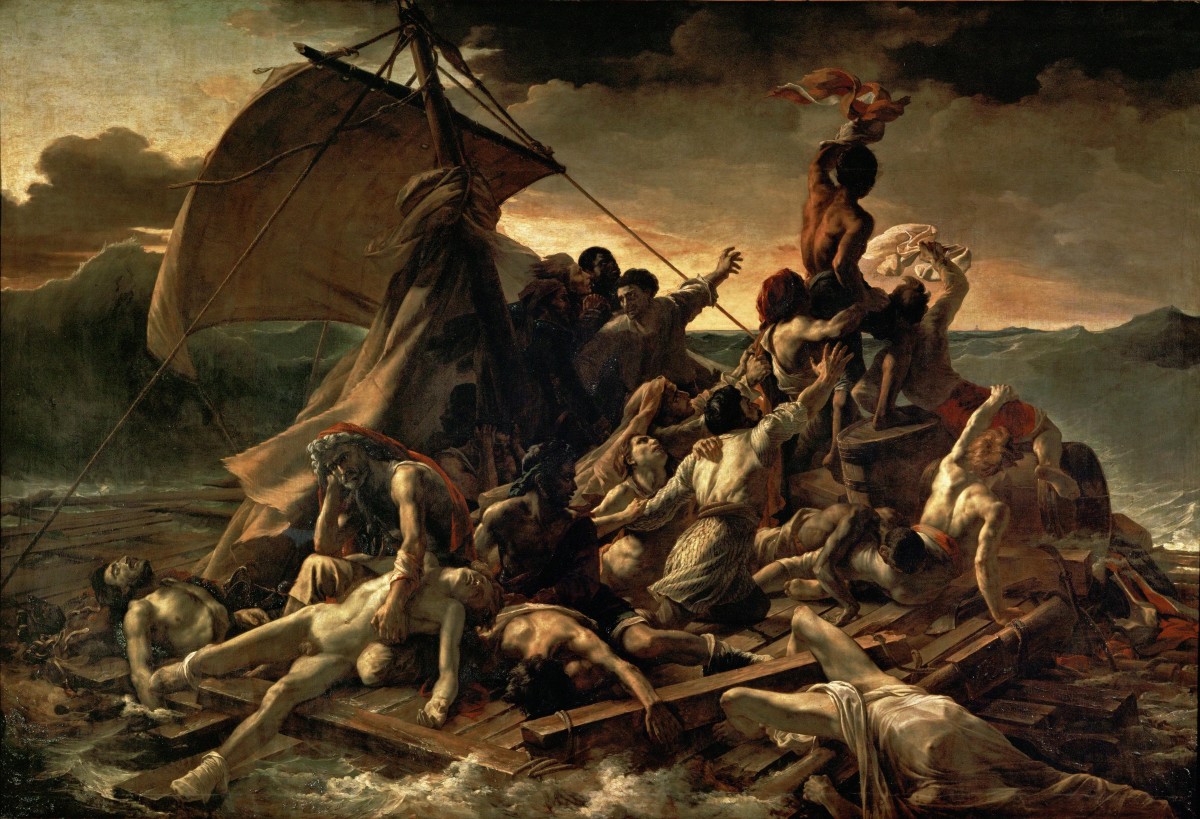Art and Real Art
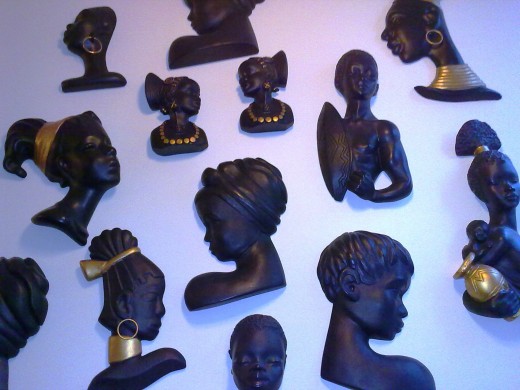
Art and "Real" Art
“The people of all cultures and times sing to their babies, sketch animals and humans, decorate their pots, tell and enact stories, and so on. Can we accept this yet deny they have music, painting, and drama? Can we allow they have music, painting, and drama, yet deny they have art?”
According to the pocket Oxford English Dictionary, art is:
ه n. 1 the expression of creative skill in a visual form such as painting
or sculpture. 2 paintings, drawings, and sculpture as a whole.
3 (the arts) creative activities such as painting, music and drama.
4 (arts) subjects of study concerned with human culture. 5 a skill:
the art of conversation. – ORIGIN Latin ars. (10th Ed. 2005)
This definition is rather specific as to what it allows as an explanation of art(s) although it does not particularly rule out other modes of arts and/or crafts. In the first instance, the OED refers to art as the outcome of a creative endeavour which falls within the concept of the second. They refer to the most obvious visual instances of art that spring to mind when one thinks of traditional artistic practise. It is in the opinion of some theorists that these two definitions are what constitutes art today and insist that the associated aesthetic values are sufficient criterion for something’s being labelled in this way. Another theory states that only Western culture may call these activities and their outcomes ‘art’. Conversely, definitions three and four refer to a different set of notions as to what is included under the heading of ‘art’ and these are what I will focus on for the majority of this discussion.
According to Dominic Lopes, there is no better place to look for an expression of contemporary folk anthropology than UNESCO, which
defines culture as encompassing ‘art and literature, lifestyles,
ways of living together, value systems, traditions and beliefs’[1].
By this definition, no group without art is a culture. (Lopes, 2007)[2]
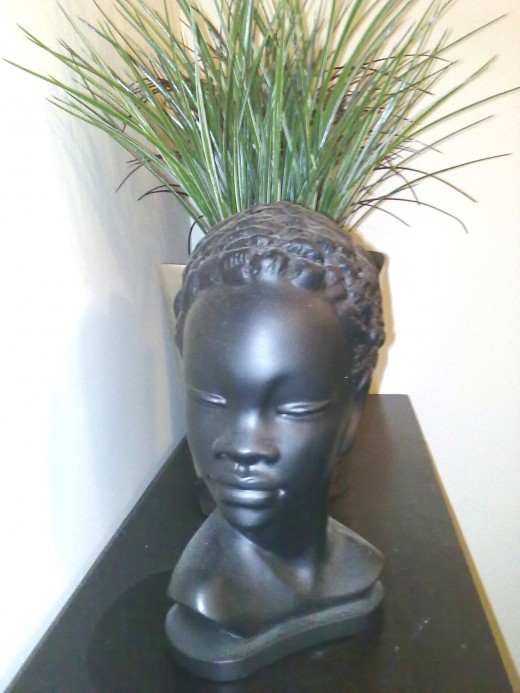
If one was to consider the question heading this page aesthetically then the answer seems an obvious one. As music, painting and drama are universally accepted as art-forms, the answer would seem an unbridled no; we cannot deny that other cultures have art. But when approached on a deeper level, we have to first determine what exactly is meant by ‘art’, and the question becomes a philosophical one. To ask whether other cultures have art seems initially surprising, as scepticism on the authenticity of art in ‘other’ cultures appears chauvinistic and prejudiced.
In defence of the artistic creativity portrayed in all cultures, Denis Dutton argues that “art is not a technical concept (‘like endorsing a check’) confined to one culture – ours – and by either patronizing generosity or imperialist ambition extended to others.” (Dutton, 2000)[3] The core of the concern here is what Dutton sees as an insistence on behalf of many of his peers to disparagingly view ‘primitive’ art as artefact occurrences of creation without the merit of ‘Art’. By denying ‘other’ cultures the status of artists, he believes the West is dogmatically persistent in protecting their acquired sophistication coupled with Western artistic creativity. Because some theorists claim that the intention of the ‘artist’ in other cultures differs from the intentions of Western culture, the work produced does not constitute art in ‘our’ sense of the word.
Without foreknowledge of other cultures’ cultural practices, I do not believe that it is possible to define ‘intention’ merely by looking at the types of artefact that we consider art; nor whether other cultures would term those artifacts ‘art’ in the sense that the West would. H. Gene Blocker questions the validity of the concept of ‘fine art’ in other cultures due to the inappropriate comparisons that Westerners attempt in order to define what exactly constitutes ‘art’ cross-culturally:
…we are studying their culture in our own terms, and since these are the only terms we have, we seem to have no choice but to be ethnocentric and therefore inaccurate and unfair…what right do we have to impose these Eurocentric labels on non-European cultures? More important, do we have any choice – is there any alternative?[4]
As it is impossible to completely adopt an objective point of view, not to mention an objective cross-cultural point of view, I don’t see how we do have any choice. Either we abort the effort of attempting to define art in other cultures, or we come to grips with the many theories associated with the study of art and reject the defective ones.
Dutton criticises Lynn M. Hart for referring to Hindu artists as “producer” instead of artist and their works as “visual image” instead of art. However, her claim that she does not want to impose “inappropriate Western terminology” (Dutton, 2000)[5] appears a valid one. If, as Dutton himself claims, “concepts can never be intelligibly compared cross-culturally”[6], it is impossible to know whether the natives from all other cultures consider their works ‘art’, in which case automatic classification could be considered inappropriately Western. But to state that their concept is utterly strange to modern European art is to fall for the opposite fallacy.
In light of intention and (superior) cultural recognition, it turns out not to be a question of whether the West is ‘willing’ to recognise art in other cultures, but whether these other cultures themselves consider their works as art. Shiner uses the example of Michael Lacapa, a teacher and author with an interesting blend of American ethnic roots who is known for his involvement in developing multicultural educational curricula for native school-age children. Lacapa asks: “What do we call a piece of work created by the hands of my family? Shall we call it ‘Art?’ I hope not. It may lose its soul.”[7]
Lacapa evidently does not consider works made in his community ‘artworks’. If this is how the people from his community feel regarding their ‘works’, then we may assume that what they make has distinctively dissimilar value from what we would term art in Western cultures, and label their efforts ‘artefacts’ or perhaps something else. The question now becomes whether Lacapa is an authority on what would constitute art in his culture. It is entirely possible that there are other, more knowledgeable (or more respected) experts of the same community who would label their works ‘art.’ Would the Western concept of ‘art in our sense’ apply to these experts’ evaluation or to Lacapa’s? Shiner argues that:
We assume that ‘art’ is an identifiable and relatively autonomous realm whose relation to society can be discussed, something that would have made little sense prior to the eighteenth century and continues to make little sense with respect to traditional small-scale societies.[8]
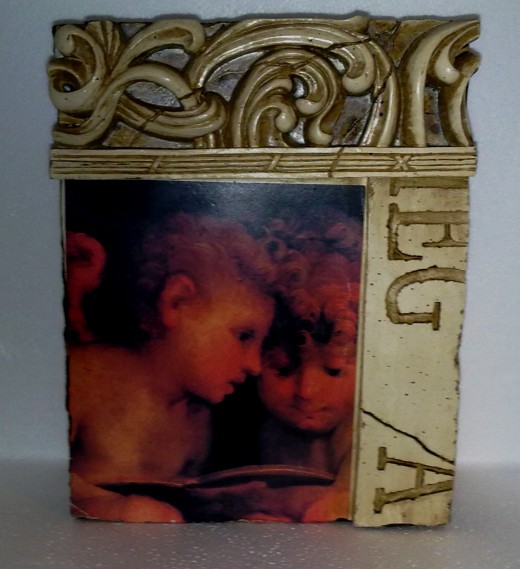
I believe that Shiner’s subject differs to those of Dutton and Blocker. While the latter two agree that cultural difference makes for difficult artistic comparisons, Shiner does aim to make those comparisons and achieve a definition of art that excludes artefacts. ‘Art’ in the sense that he is using it is not the ‘art’ the other two theorists refer to. It is true that Dutton argues for the acceptance of some folk artefacts as art, but he does not claim that everything made in ‘rural’ communities constitute artworks. Shiner falls for the same trap that he accuses Dutton of by clustering functional artefacts when discussing the “sacred ritual objects”[9] of Native Americans.
What Shiner is driving at, is an additional definitional concept of the term ‘art’, another genre if you will. It may be worthwhile to consider Shiner’s theory in the same light that some theorists define forgeries as being contained in a class of their own (Lessing, 1965)[10]. To use an example of contemporary theatre that defies all notion of what is to be reasonably expected in a theatrical act, I will refer to Ntozake Shange’s For Coloured Girls Who Consider Suicide When the Rainbow Is Enuf[11]. The piece is referred to as a Choreopoem and is performed using choreographed dance and poetry to illustrate the highs and lows of black female life. A feminist theatrical play produced in the 70’s, Coloured Girls transcended expectations associated with art developed in (and for) Western viewing. Her target audience was predominantly black and female and she purposefully used colloquial language (as can be seen in the title) throughout the choreopoem to demonstrate ‘blackness’ and to attack the Canon that she believes consists of a contrived language (English) developed by white European men for white European men. While Coloured Girls may be considered modern art in this sense, Shange makes no attempt to modernise her content and strives for an older understanding of what artistic expression represents based on a target ‘tribal’ audience, i.e. the African American.
When considering Coloured Girls in the light of Shiner’s theories, it is not easy to see how Shange’s choreopoem conforms to what he would describe ‘art in our sense’. To refer back to the question of whether other cultures can have art, this can be seen to turn Shiner’s theory on its head – that is, if we consider that yes, her choreopoem is art; a contemporary Western artwork. Although the piece is written for modern viewers, it is in itself an (contra-standard) attack on what the followers of this theory would consider art in their sense, but it is this feature above all else that lends artistic value to her choreopoem. Being littered with obscenities and shocking imagery, the play does not rely on aesthetic beauty (although it does have didactic and sublime appeal), yet these features also add to the work’s artistic value.
With the turn of the 17th century, a series of binary oppositions dominated the modern system of fine arts: “art versus craft, artist versus artisan, aesthetic versus utility.” Works of art became known as works of fine art and the opposite of (fine) art was no longer nature but craft[12]. Shiner excludes all art made before the 18th century, along with artists who do not originate from the West, claiming that they have a lack in understanding art as the West does today. I believe this to be an erroneous position. The issue does not lie with other cultures’ linguistic use of the Western word ‘art’, as they may use different words or ideas to come up with a similar concept; nor does it lie in their artistic intentions, as their aesthetic taste and reasons for appreciation might differ although their goals may be analogous. The issue is Shiner’s and theorists of the same ilk’s use of the concept. It strikes me that much of the animosity could be avoided by referring to the ‘art’ he refers to as ‘fine art’, as, in most cases, Dutton and sympathisers are not arguing about fine art, but that which is contained under the heading of art in all cultures.
When they portray artistic content similar to ours, with (as far as we know) similar intentions, how can other cultures not have art? What about other cultures co-habiting with Western inhabitants in multi-cultural countries? South Africa has eleven official languages and scores of different and conflicting cultures, yet is considered part of the Western world. If a Zulu woman made carved wooden stools with traditional religious iconography for sale in a flea market to other Zulus, would these stools be considered art? What if a white Afrikaans woman made something similar in an art studio and sold it privately? Shiner states that the “use of the term ‘art’ for folk artefacts and craft works is…controversial” (Shiner, 1998)[13]. He goes on to say of Dutton: “The weakest aspect of [his] position…is that he fails to give sufficient weight to the historical development of the concept of art in the West.” Fair enough. Shiner is, after all, talking about what our understanding of the term ‘art’ is, and is not, as Dutton understands it, claiming a ‘superior’ form for Western concepts. Like Hart, he believes that the West is imposing inappropriate Western terminology to practises not claiming the same perspective as those of Western practitioners.
In light of this view, Dutton appears to sweep all art under the same carpet. Although art and artifacts have certain commonalities (such as aesthetic value, variable economic value, the requirement of some sort of personal effort etc), I believe they could be considered under very different lights, as I am sure their makers consider them. However, due to the fact that ‘other’ culture may be more likely to produce craft of a handmade nature than those of the West, it is not to say that they do not produce art in our sense. It is entirely possible that the people of any (and indeed, all) cultures have artefacts that they would label ‘art’ and others they consider ‘crafts’.
I believe that both theories are valid, as they are not technically discussing the same subject. While some argue for the canon and others against it, it is obvious that other cultures have had an impact on Western art and vice versa. Although this does not tell us anything new about the artistic creativity of others, it is a step in the direction of closing the gap.
[1] UNESCO, Universal Declaration on Cultural Diversity, <http://unesdoc.unesco.org/images/0012/001271/127160m.pdf> (2001), p. 12.
[2] Lopes, Dominic McIver. British Journal of Aesthetics, Vol. 47, No. 1, January 2007
[3] Dutton, Denis 2000. “But They Don’t Have Our Concept of Art,” in N. Carroll (ed.), Theories of Art Today, (Madison: University of Wisconsin Press), p. 229.
[4] Blocker, p. 88.
[5] Dutton, p. 218.
[6] Dutton, p. 227.
[7] From a statement posted at the Museum of Indian Arts and Culture in Santa Fe, New Mexico, in 1997 (Shiner, 2003)
[8]Shiner, Larry 2003. “Western and Non-Western Concepts of Art: Universality and Authenticity” in Art and Essence, S. Davies & A. Sukla (eds.), (Westport, CT: Praeger), p. 145.
[9] Shiner, p.146.
[10] Lessing, Alfred 1965. “What Is Wrong with a Forgery?” Journal of Aesthetics and Art Critisism, 23.
[11] Shange, Ntozake. “for Coloured Girls who have Considered Suicide When The Rainbow is Enuf.” Scribner Poetry, Scribner. 1230 Avenue of the Americas. New York, NY (1997)
[12]Shiner, p.144.
[13] Shiner, p.144.
Works Cited
1. Blocker, H. Gene 1991. “Is Primitive Art Art?” Journal of Aesthetic Education,
2. Dutton, Denis. But “They Don’t Have Our Concept of Art” 2000
3. Lessing, Alfred 1965. “What Is Wrong with a Forgery?” Journal of Aesthetics and Art Critisism,
4. Lopes, Dominic McIver. British Journal of Aesthetics, Vol. 47, No. 1, January 2007
5. Oxford English Dictionary. 10th Ed. 2005
6. Shange, Ntozake. “for Coloured Girls who have Considered Suicide When The Rainbow is Enuf.” Scribner Poetry, Scribner. 1230 Avenue of the Americas. New York, NY (1997)
7. Shiner, Larry 2003. “Western and Non-Western Concepts of Art: Universality and Authenticity” in Art and Essence, S. Davies & A. Sukla (eds.), (Westport, CT: Praeger)
8. UNESCO, “Universal Declaration on Cultural Diversity” <http://unesdoc.unesco.org/images/0012/001271/127160m.pdf> (2001)

